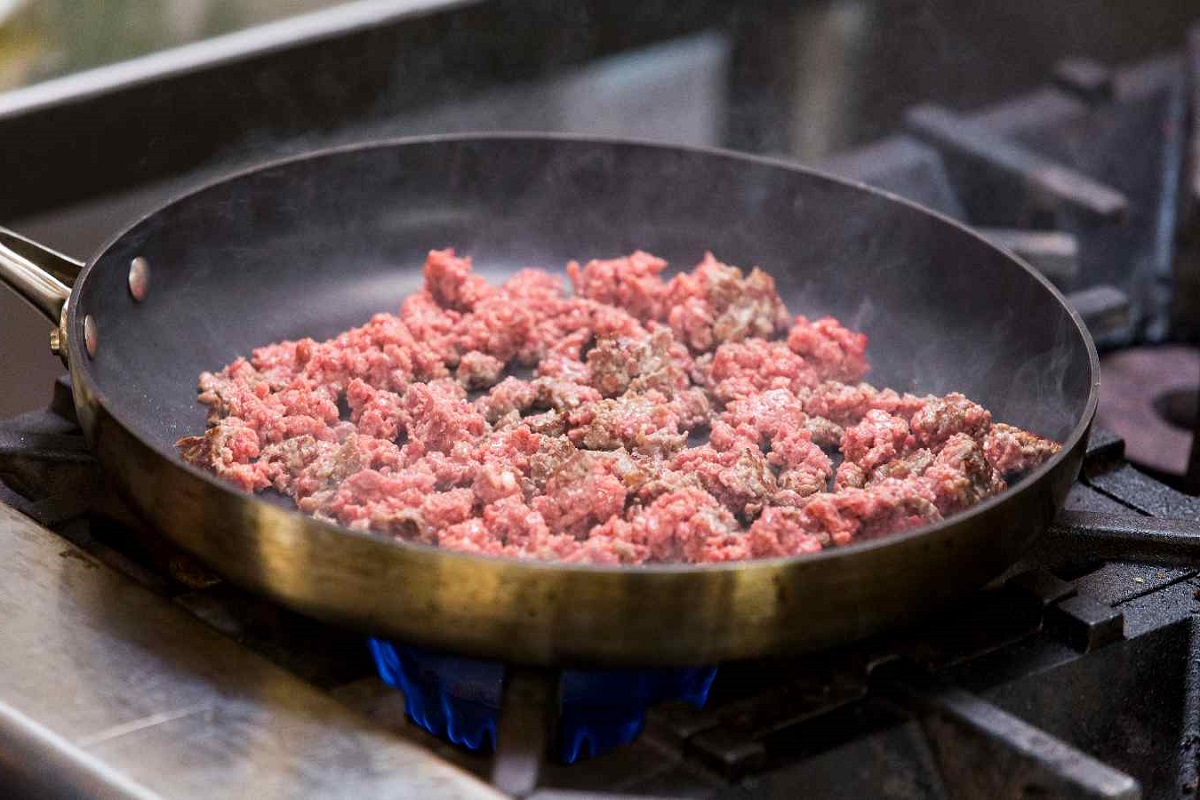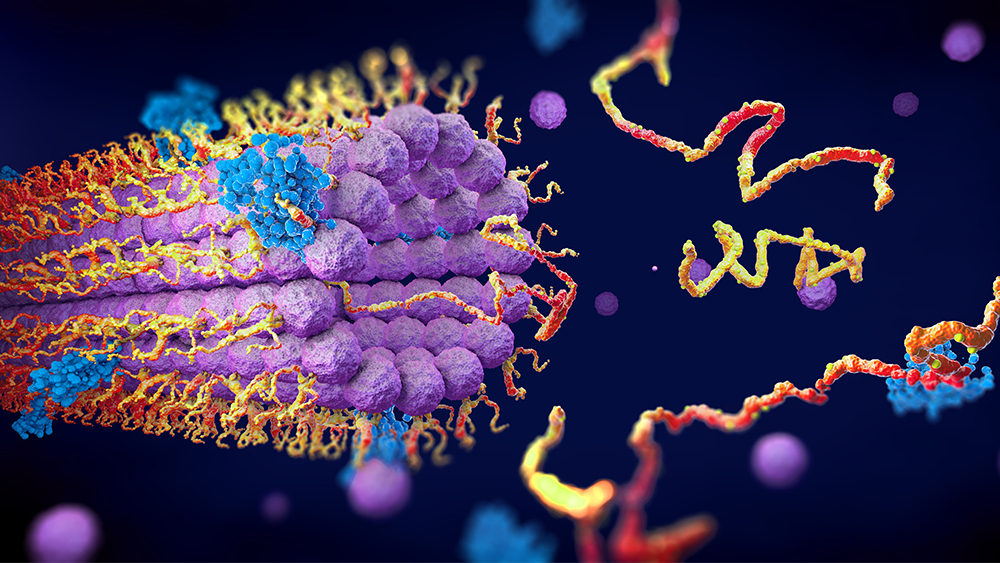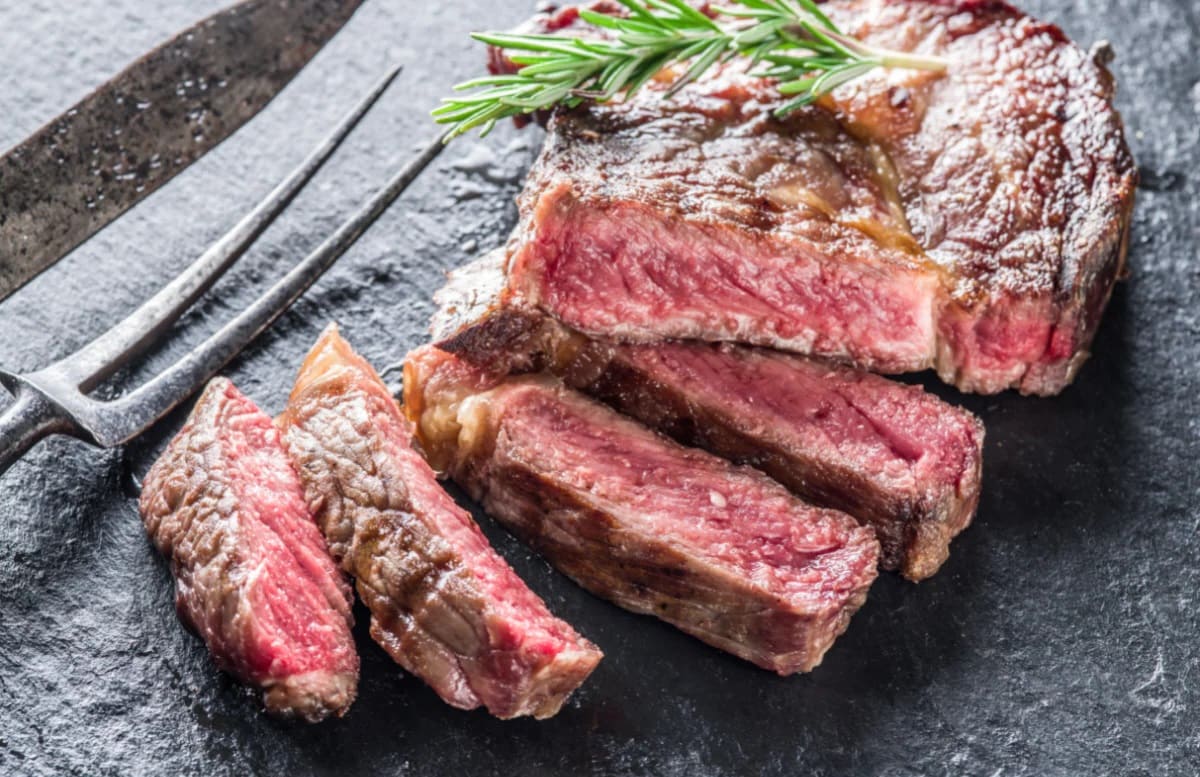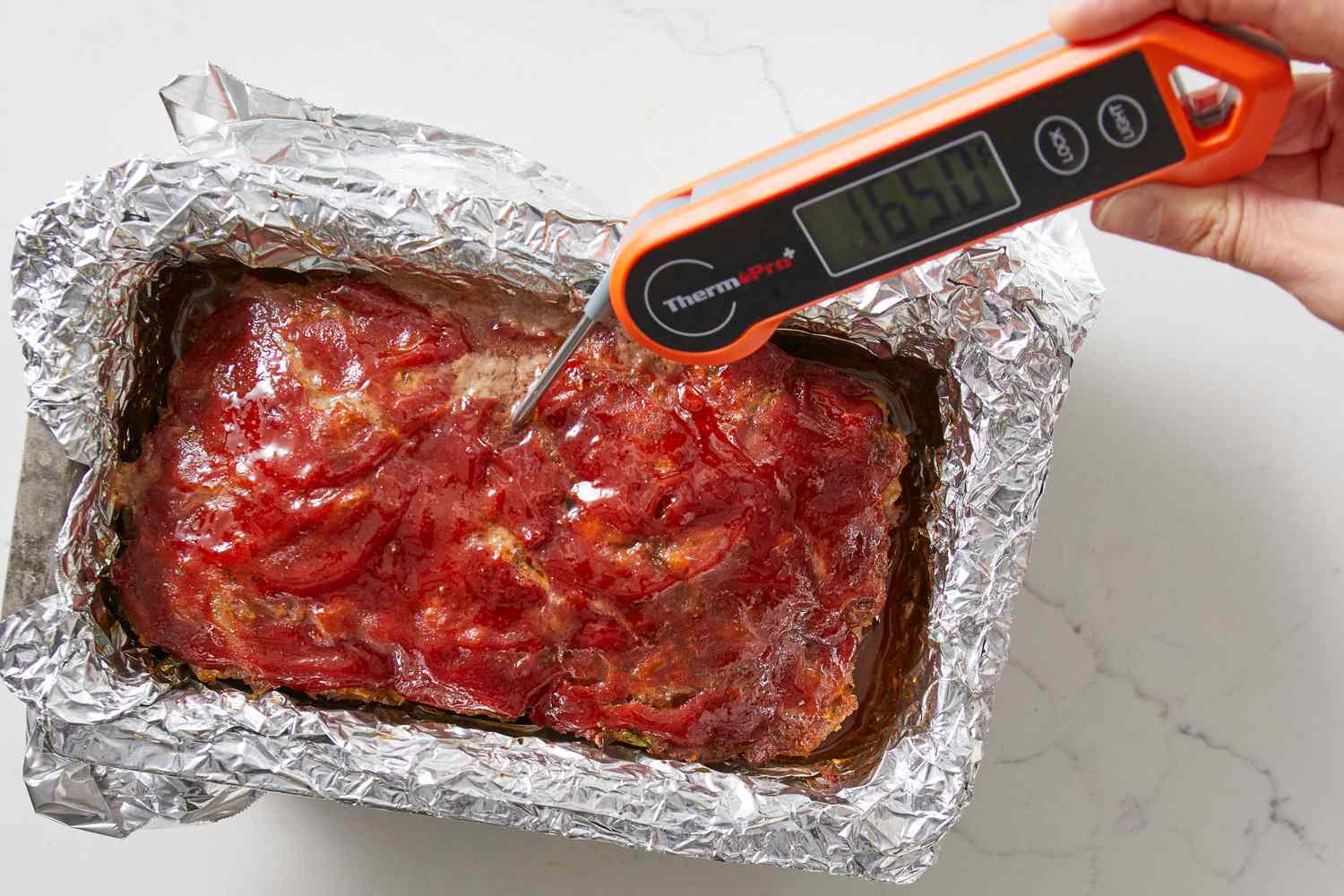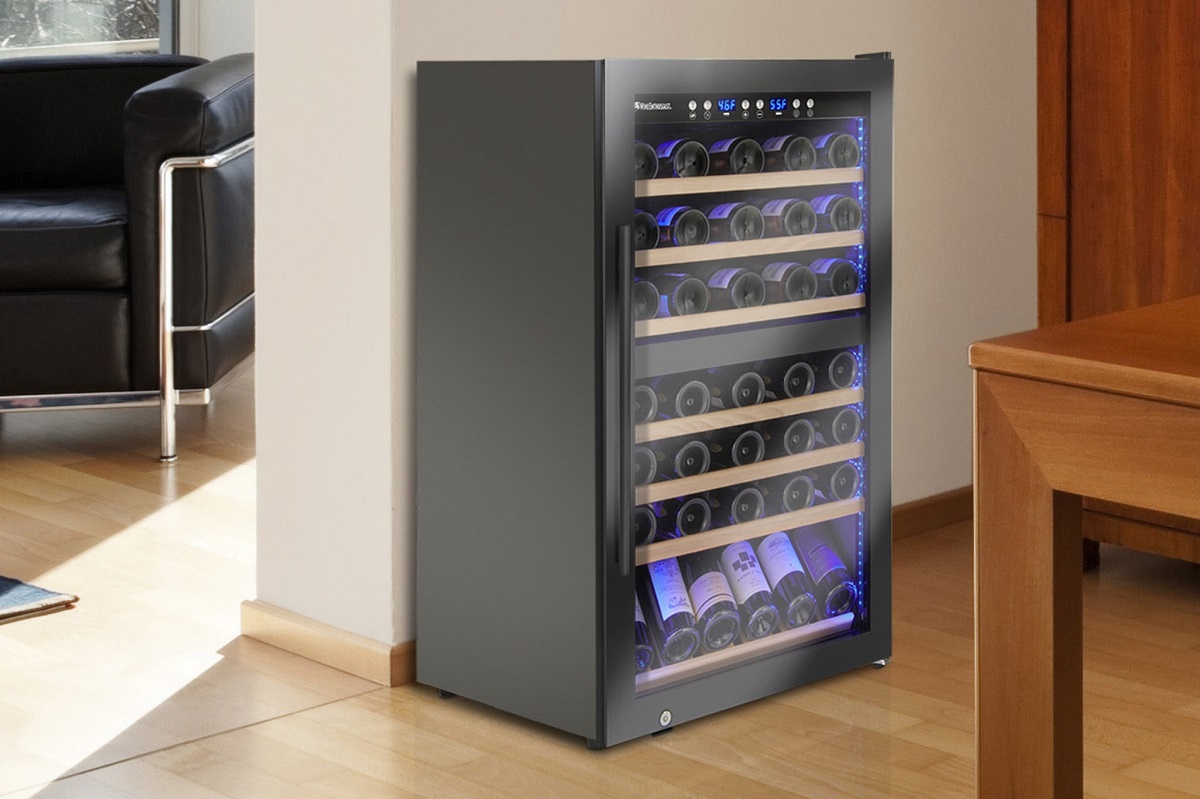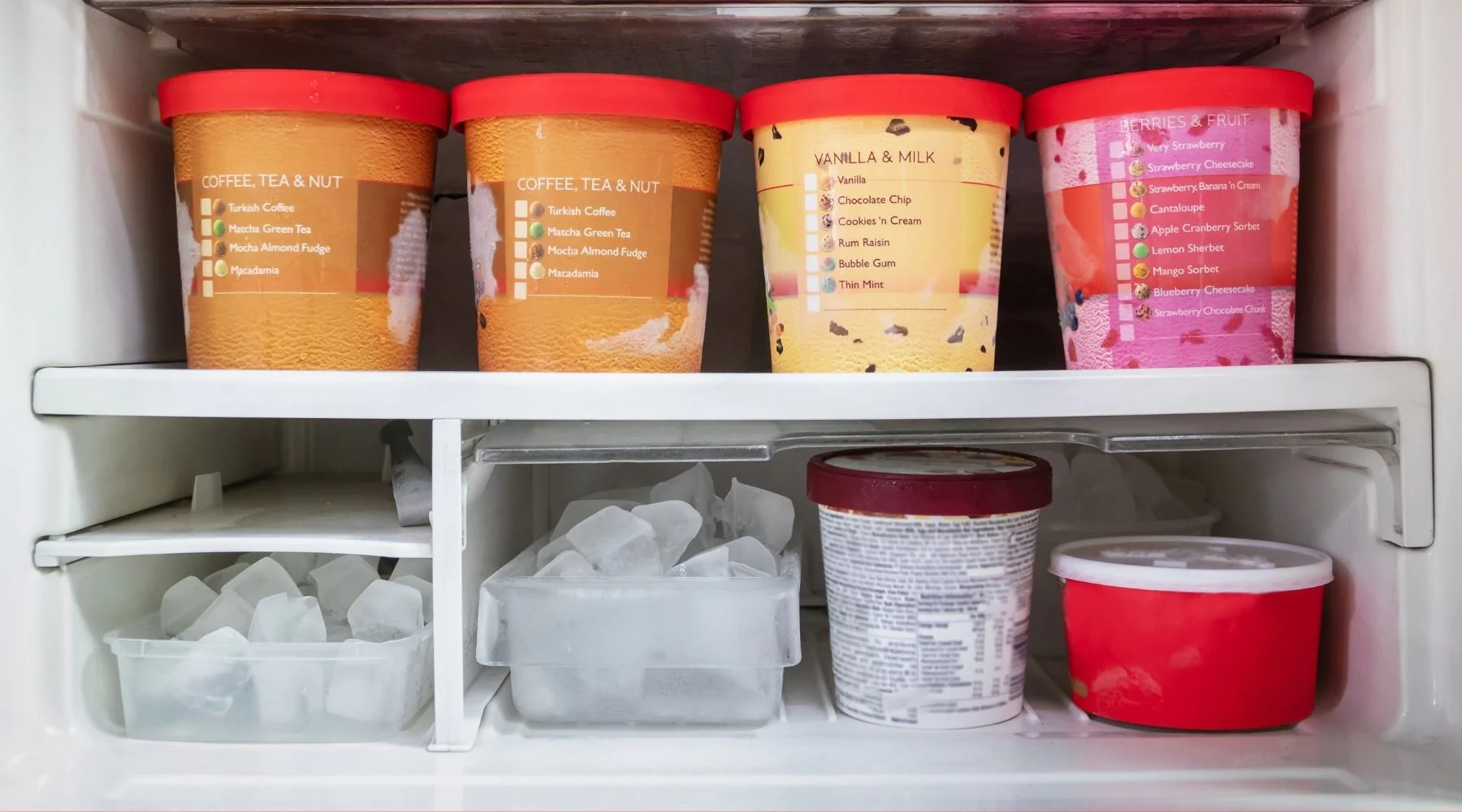Home>Technology & Engineering>Optimal Temperature For PLA 3D Printing
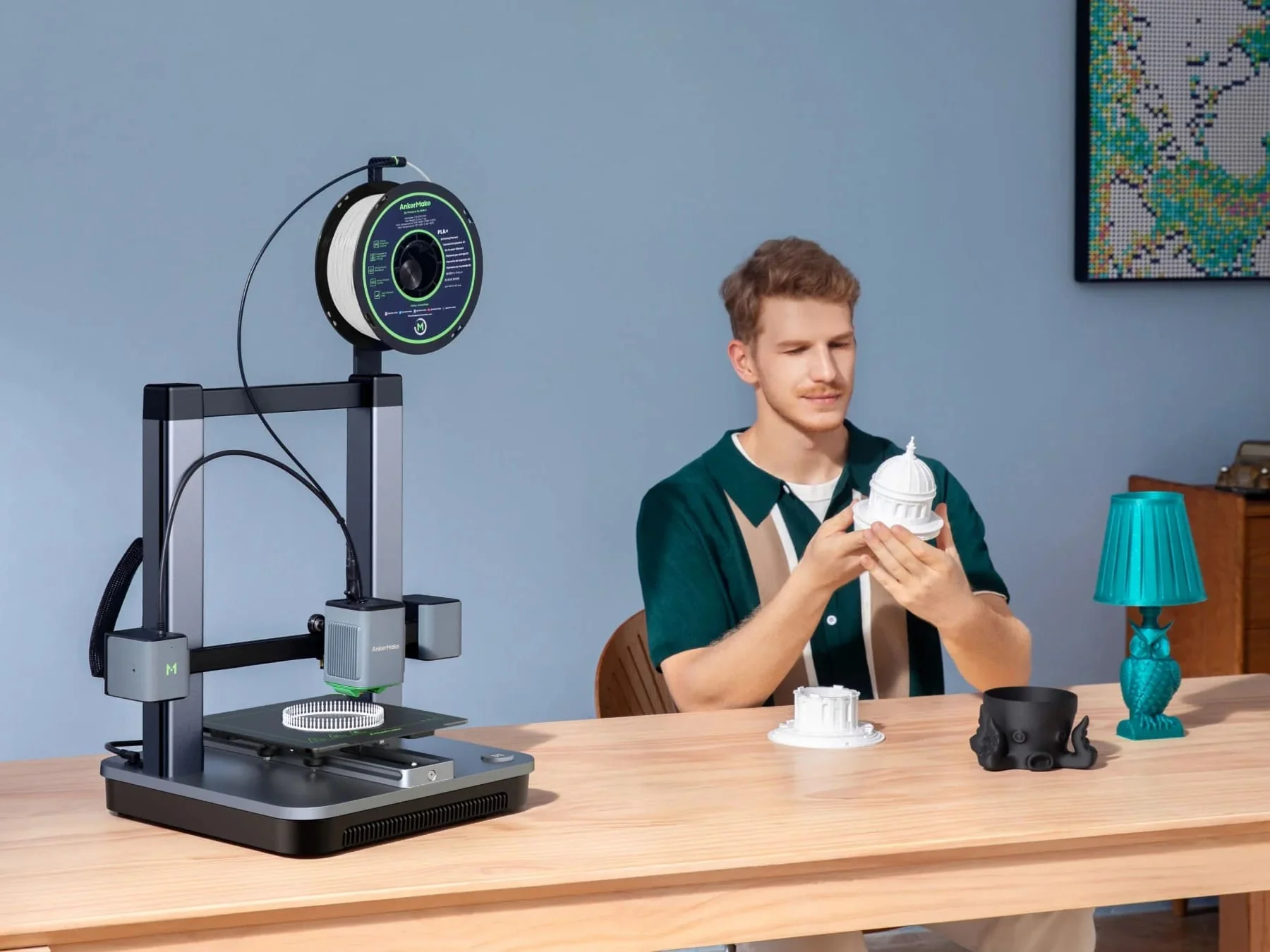

Technology & Engineering
Optimal Temperature For PLA 3D Printing
Published: March 2, 2024
Discover the optimal temperature for PLA 3D printing with our expert guide. Learn the latest technology and engineering techniques for successful printing.
(Many of the links in this article redirect to a specific reviewed product. Your purchase of these products through affiliate links helps to generate commission for Temperatures.com, at no extra cost. Learn more)
Table of Contents
Introduction
3D printing has revolutionized the manufacturing industry, offering unparalleled flexibility and precision in creating three-dimensional objects. Among the various materials used in 3D printing, Polylactic Acid (PLA) has gained widespread popularity due to its biodegradability, ease of use, and environmental sustainability. Understanding the optimal temperature for PLA 3D printing is crucial for achieving high-quality prints and maximizing the material's potential.
PLA, a bioplastic derived from renewable resources such as cornstarch or sugarcane, has become a preferred choice for 3D printing enthusiasts, hobbyists, and professionals alike. Its low printing temperature, minimal warping, and pleasant odor during printing make it an attractive option for a wide range of applications, including prototyping, educational projects, and consumer products.
As with any 3D printing material, achieving the optimal temperature is essential for ensuring the successful deposition and solidification of PLA layers. The temperature at which PLA filament is extruded significantly impacts the print quality, layer adhesion, and overall structural integrity of the final object. Therefore, delving into the intricacies of PLA 3D printing temperature is fundamental for harnessing the full potential of this versatile material.
In this comprehensive guide, we will explore the factors influencing PLA 3D printing temperature, the significance of maintaining the optimal temperature, and practical tips for achieving and sustaining the ideal printing conditions. By gaining a deeper understanding of the role of temperature in PLA 3D printing, enthusiasts and professionals can elevate their printing capabilities and produce exceptional, high-quality 3D prints with precision and finesse.
Read more: Optimal Temperature Ranges For PETG Filament
Understanding PLA 3D Printing
Polylactic Acid (PLA) is a biodegradable thermoplastic derived from renewable resources, making it an environmentally friendly choice for 3D printing. Understanding the unique properties of PLA is essential for optimizing the printing process and achieving high-quality results.
PLA Filament Characteristics
PLA filament is known for its low printing temperature, typically ranging from 180°C to 220°C. This characteristic makes it compatible with a wide range of 3D printers, including entry-level models and those with heated beds. The relatively low printing temperature also contributes to the minimal warping and shrinkage of PLA during the printing process, enhancing its suitability for creating intricate and detailed objects.
Biodegradability and Versatility
One of the key advantages of PLA is its biodegradability, which sets it apart from traditional petroleum-based plastics. This eco-friendly feature makes PLA an attractive choice for environmentally conscious makers and businesses seeking sustainable manufacturing solutions. Additionally, PLA is available in a diverse array of colors and formulations, including translucent and specialty filaments infused with materials such as wood fibers and metallic particles, expanding its versatility for various applications.
Print Precision and Surface Finish
PLA is renowned for its ability to produce visually appealing prints with a smooth surface finish. Its excellent flow characteristics and minimal odor during printing contribute to the overall printing experience, making it a popular choice for educational settings, artistic endeavors, and functional prototyping. Furthermore, PLA exhibits minimal warping, which is advantageous for printing large and intricate objects with intricate details and overhangs.
Compatibility with Support Materials
PLA is compatible with a wide range of support materials, including water-soluble supports, which facilitate the printing of complex geometries and intricate designs. This compatibility enhances the design freedom and print quality achievable with PLA, making it a preferred material for creating complex prototypes and functional parts.
Environmental Considerations
The biodegradability of PLA makes it suitable for applications where environmental impact is a concern. Whether used for creating consumer products, packaging, or educational models, PLA aligns with sustainability goals and offers a responsible alternative to traditional plastics.
Understanding the unique characteristics and advantages of PLA is fundamental for harnessing its full potential in 3D printing. By leveraging its biodegradability, low printing temperature, and compatibility with support materials, makers and manufacturers can explore new frontiers in additive manufacturing while contributing to a more sustainable future.
Factors Affecting PLA 3D Printing Temperature
The successful 3D printing of PLA is heavily influenced by several key factors that directly impact the optimal printing temperature. Understanding these factors is crucial for achieving precise control over the printing process and ensuring the production of high-quality 3D prints.
-
Nozzle Temperature: The nozzle temperature plays a pivotal role in PLA 3D printing, as it directly affects the material's flow and deposition. The ideal nozzle temperature for PLA typically ranges between 190°C and 220°C, depending on the specific characteristics of the filament and the printing environment. Higher temperatures can lead to excessive stringing and oozing, while lower temperatures may result in poor layer adhesion and incomplete fusion between layers.
-
Bed Temperature: While PLA can be printed without a heated bed, maintaining a bed temperature of around 50°C to 60°C can enhance adhesion and minimize warping, especially when printing larger objects. The heated bed helps create an optimal printing environment by promoting better first layer adhesion and reducing the likelihood of warping, ultimately contributing to the overall print quality.
-
Print Speed: The speed at which the printer extrudes PLA filament also influences the required printing temperature. Higher print speeds may necessitate slightly elevated temperatures to ensure proper flow and adhesion, while slower print speeds allow for effective layer bonding at lower temperatures. Balancing print speed with the optimal temperature is essential for achieving precise and consistent print quality.
-
Environmental Conditions: Ambient temperature and humidity levels in the printing environment can impact the PLA printing temperature. Cooler environments may require slightly higher nozzle temperatures to compensate for heat dissipation, while elevated humidity levels can affect filament moisture content, potentially necessitating adjustments to the printing temperature to mitigate any adverse effects on print quality.
-
Filament Quality and Composition: The quality and composition of PLA filament can significantly influence the optimal printing temperature. Variations in the purity of the PLA resin, additives, and colorants can alter the material's thermal properties, affecting its flow behavior and optimal printing temperature. Therefore, selecting high-quality PLA filament from reputable manufacturers is essential for achieving consistent and reliable printing results.
By considering these critical factors and their impact on PLA 3D printing temperature, makers and manufacturers can fine-tune their printing parameters to achieve optimal results. Adapting the printing temperature to suit the specific characteristics of the filament and the printing environment is essential for producing high-quality, dimensionally accurate, and visually appealing 3D prints with PLA.
Importance of Optimal Temperature
The optimal temperature in PLA 3D printing holds paramount significance in determining the quality, precision, and structural integrity of the printed objects. Maintaining the ideal temperature throughout the printing process is essential for achieving consistent layer adhesion, minimizing warping, and ensuring the dimensional accuracy of the final prints.
When the PLA filament is extruded at the optimal temperature, it exhibits excellent flow characteristics, allowing for smooth and uniform deposition of material layer by layer. This controlled flow is instrumental in producing intricate details and complex geometries with precision, resulting in visually appealing and structurally sound 3D prints.
Furthermore, the optimal temperature plays a pivotal role in promoting strong interlayer bonding, which is essential for the mechanical strength and durability of the printed objects. Inadequate temperature control can lead to poor layer adhesion, resulting in weak and brittle prints that are susceptible to delamination and structural failure.
In addition to enhancing the physical properties of the printed objects, maintaining the optimal temperature contributes to the overall printing experience by minimizing the occurrence of common printing issues such as stringing, oozing, and surface imperfections. This, in turn, reduces the need for post-processing and improves the efficiency of the printing workflow.
Moreover, achieving the optimal temperature for PLA 3D printing is crucial for realizing the material's full potential in various applications, including prototyping, product development, educational projects, and artistic creations. By harnessing the benefits of optimal temperature control, makers and manufacturers can unlock new possibilities for leveraging PLA's biodegradability, versatility, and environmental sustainability in their 3D printing endeavors.
Ultimately, the importance of maintaining the optimal temperature in PLA 3D printing cannot be overstated. It is a fundamental factor that directly influences the overall print quality, structural integrity, and dimensional accuracy of the printed objects. By prioritizing temperature control and fine-tuning the printing parameters, enthusiasts and professionals can elevate their 3D printing capabilities and produce exceptional, high-quality prints that meet the highest standards of precision and craftsmanship.
Read more: Optimal Temperature For Baking Bread
Finding the Optimal Temperature for PLA 3D Printing
Determining the optimal temperature for PLA 3D printing involves a systematic approach that considers the interplay of various factors to achieve precise control over the printing process. While the recommended temperature range for PLA filament is commonly cited as 180°C to 220°C, finding the exact temperature that yields the best results for a specific printer, filament, and printing environment requires careful experimentation and observation.
One of the primary methods for finding the optimal temperature is through iterative testing, where small incremental adjustments to the nozzle temperature are made while observing the resulting print quality. Starting at the lower end of the recommended temperature range, a test print is initiated to assess the layer adhesion, surface finish, and dimensional accuracy. Subsequent test prints are then conducted with incremental temperature increases until the optimal balance between print quality and material flow is achieved.
During the iterative testing process, it is essential to evaluate the impact of temperature adjustments on key aspects of the print, including the layer bonding, overhang performance, and the overall surface quality. This empirical approach allows for the identification of the temperature range that maximizes print precision while minimizing potential issues such as stringing, oozing, and warping.
Furthermore, leveraging slicing software with temperature control features enables fine-tuning of the printing temperature for different sections of the print, allowing for customized temperature profiles based on the specific geometries and intricacies of the object being printed. This advanced approach to temperature optimization empowers users to tailor the printing temperature to suit the varying requirements of different sections within a single print, optimizing the overall print quality and structural integrity.
In addition to empirical testing and software-driven temperature control, leveraging community forums, online resources, and manufacturer recommendations can provide valuable insights into the optimal printing temperatures for specific PLA filaments and 3D printer models. Collaborating with experienced makers and leveraging their expertise can offer practical guidance and shortcuts to identifying the optimal temperature ranges for different PLA formulations and printing scenarios.
By combining empirical testing, software-driven temperature control, and insights from the 3D printing community, enthusiasts and professionals can effectively pinpoint the optimal temperature for PLA 3D printing, unlocking the material's full potential and achieving exceptional print quality with precision and finesse.
Tips for Achieving and Maintaining Optimal Temperature
Achieving and maintaining the optimal temperature for PLA 3D printing is essential for producing high-quality prints with precision and consistency. Here are valuable tips to ensure optimal temperature control throughout the printing process:
-
Calibration and Testing: Before embarking on a significant printing project, calibrate the 3D printer to ensure accurate temperature readings and consistent heat distribution. Conduct temperature tests using a temperature gun or thermal imaging camera to verify the actual temperatures at the nozzle and the heated bed, if applicable.
-
Filament Quality Assurance: Invest in high-quality PLA filament from reputable manufacturers to ensure consistent material properties and reliable printing performance. Verify the filament diameter and composition to align with the printer's specifications, as variations can impact the optimal printing temperature.
-
Temperature Tower Test: Utilize temperature tower test models to systematically evaluate the print quality at different temperature increments. This iterative testing method allows for the identification of the temperature range that yields the best results in terms of layer adhesion, surface finish, and dimensional accuracy.
-
Layer Height Adjustment: When fine-tuning the printing temperature, consider adjusting the layer height to optimize the printing process. Smaller layer heights may benefit from slightly lower temperatures to enhance detail reproduction, while larger layer heights may require slightly higher temperatures for improved material flow.
-
Enclosure and Ambient Control: Create a stable printing environment by using an enclosure or maintaining consistent ambient temperature and humidity levels. This helps mitigate external factors that can influence the printing temperature, ensuring reliable and predictable printing outcomes.
-
Real-Time Monitoring: Employ 3D printer monitoring systems or integrated software features to monitor and adjust the printing temperature in real time. This proactive approach allows for immediate intervention in the event of temperature fluctuations, ensuring continuous adherence to the optimal printing temperature.
-
Material-Specific Settings: Explore the advanced settings in slicing software to customize temperature profiles based on the specific characteristics of the PLA filament being used. Fine-tuning temperature settings for different filament formulations and colors can optimize print quality and material flow.
-
Regular Maintenance: Keep the 3D printer well-maintained, including cleaning the nozzle and ensuring proper filament feeding mechanisms. Any inconsistencies in temperature control can be indicative of maintenance issues, highlighting the importance of regular upkeep for optimal printing performance.
By implementing these tips, enthusiasts and professionals can effectively achieve and maintain the optimal temperature for PLA 3D printing, resulting in exceptional print quality, dimensional accuracy, and overall printing success.
Conclusion
In conclusion, the optimal temperature for PLA 3D printing is a critical factor that significantly influences the quality, precision, and overall success of the printing process. By understanding the unique characteristics of PLA filament and the interplay of various factors affecting the printing temperature, enthusiasts and professionals can elevate their 3D printing capabilities and produce exceptional prints with finesse and precision.
Achieving the optimal temperature involves a systematic approach that encompasses empirical testing, software-driven temperature control, and leveraging insights from the 3D printing community. Through iterative testing and observation, the exact temperature range that maximizes print precision while minimizing potential issues such as stringing, oozing, and warping can be identified. Additionally, the use of slicing software with temperature control features enables fine-tuning of the printing temperature for different sections of the print, allowing for customized temperature profiles based on specific geometries and intricacies.
Maintaining the optimal temperature throughout the printing process is essential for ensuring consistent layer adhesion, minimizing warping, and promoting strong interlayer bonding. This, in turn, contributes to the production of visually appealing prints with a smooth surface finish and dimensional accuracy. By adhering to best practices such as calibration and testing, filament quality assurance, and real-time monitoring, enthusiasts and professionals can achieve and sustain the optimal temperature, resulting in high-quality prints with precision and reliability.
Furthermore, the importance of temperature control extends beyond print quality, as it directly impacts the material's flow behavior, adhesion, and overall structural integrity of the printed objects. By prioritizing temperature optimization, makers and manufacturers can unlock the full potential of PLA filament, harnessing its biodegradability, versatility, and environmental sustainability in various applications.
In essence, the pursuit of the optimal temperature for PLA 3D printing is a journey of precision, experimentation, and continuous improvement. By embracing the significance of temperature control and implementing the tips for achieving and maintaining optimal temperature, enthusiasts and professionals can embark on a path towards producing exceptional, high-quality prints that meet the highest standards of craftsmanship and innovation.
